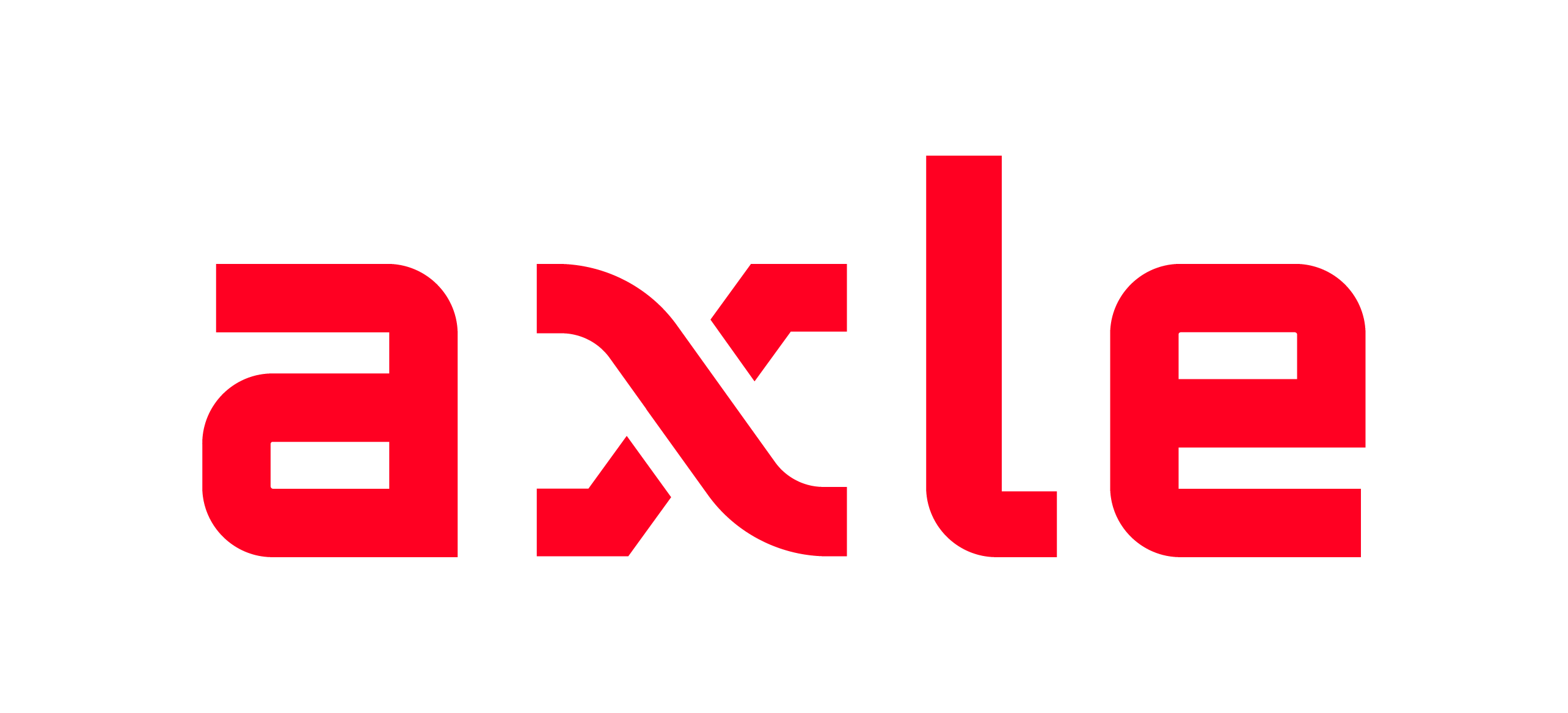Overview
Wholesale, balancing and flexibility markets in Great Britain are independent from the rest of Europe. There are a large range of programmes that are accessible and lucrative. The three markets that are best suited to DERs are:- The wholesale market. This is GB’s primary electricity market, and contains deep value for DERs. It has complete geographic coverage of England, Scotland and Wales, and is available to trade all hours of the day. Since December 2024, the GB wholesale market is open to DERs traded by aggregators. Participating assets can be metered at the asset level (if CoP11 approved) or the boundary level (if half-hourly settled).
- The Capacity Market, which offers DERs a lucrative payment for being on standby to turn down in the case of severe grid stress. The CM offers high rewards for minimal intrusion, whilst also using assets to help secure the GB power grid.
- Local network flex, managed by the 6 DNOs in GB. This product is highly local (down to the LV-substation), but highly accessible. Lenient rules on measurement (sub-boundary, or asset), tolerant penalties, and acceptance of non-supplier participation make this a favourite.
Products
| Name | DER suitability | Access | Min bid (MW) | Full Activation Time | Payment |
|---|---|---|---|---|---|
| Wholesale | 5 | VTP | 0.1 | - | Energy |
| Capacity Market | 4 | Any | 1.0 | 1h | Availability |
| DNO flex | 4 | Any | 0.01 | 15m | Energy,Availability |
| Demand Flexibility Service (DFS) | 4 | Mostly BRP | 1 | 4h | Energy |
| Balancing Mechanism (BM) | 3 | BRP or VLP | 1 | - | Energy |
| Quick Reserve | 3 | Any | 1 | 1m | Energy, Availability |
| Balancing Reserve | 3 | Any | 1 | 10m | Energy, Availability |
| Slow Reserve (future) | 3 | BRP or VLP | 1 | 15m | Energy, Availability |
| FFR (Static) | 3 | Any | 1 | 30s | Availability |
| Network charges | 3 | BRP | 0 | - | Energy |
| Dx (DC, DM, and DR) | 2 | Any | 1 | 1-10s | Availability |

